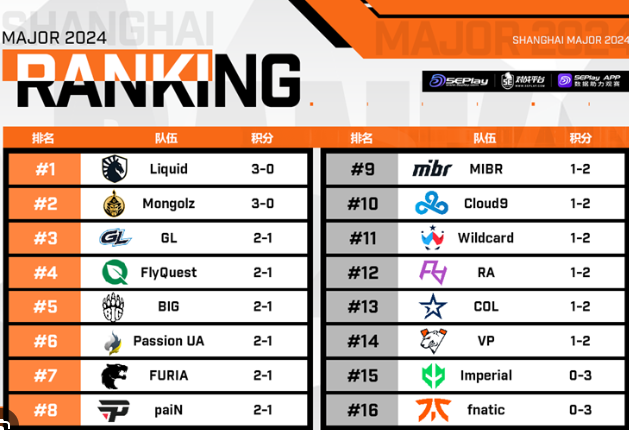
The Evolution and Impact of CS:GO in the Gaming World
Counter-Strike: Global Offensive (CS:GO) stands as one of the most iconic and influential first-person shooters in the history of gaming. Released by Valve Corporation in 2012, CS:GO is the fourth installment in the Counter-Strike series and quickly became one of the most popular and enduring games on the esports scene. With a gameplay model that combines strategy, teamwork, and individual skill, it has had a profound impact on both the competitive gaming landscape and the gaming culture at large.
A Brief History of the Counter-Strike Franchise
The Counter-Strike franchise began as a mod for Half-Life, developed by Minh "Gooseman" Le and Jess Cliffe in 1999. Its appeal lay in its tactical, team-based approach to first-person shooters, where players are divided into two teams: terrorists and counter-terrorists. The game’s premise is simple: one team must plant a bomb, while the other must prevent it. But the simplicity of the concept belies the depth and skill required to succeed.
Over the years, Valve, the developer behind Half-Life, acquired the rights to Counter-Strike and continued to refine it with several updates. The release of Counter-Strike 1.6 solidified the game's place in the annals of gaming history. However, it was Counter-Strike: Source (2004) and Counter-Strike: Global Offensive (2012) that truly elevated the series to new heights, both in terms of competitive play and its widespread popularity among casual players.
The Rise of CS:GO
When CS:GO was released, it introduced several changes to the core mechanics, graphics, and overall user experience. A more refined graphics engine, better matchmaking systems, new maps, weapons, and more balanced gameplay helped attract both casual and competitive players. One of the most significant changes was the introduction of the skin economy, which added an extra layer of complexity and appeal to the game. Players could now acquire, trade, and sell cosmetic items like weapon skins, adding an entirely new dimension to the game’s ecosystem.
Despite the major changes, CS:GO maintained the core gameplay loop that made Counter-Strike so successful. The game is still built on the foundation of round-based gameplay, with players needing to cooperate and strategize to win. Success requires teamwork, individual skill, and an understanding of maps and game mechanics.
The Esports Explosion
One of the defining characteristics of CS:GO’s success is its dominant position in the world of esports. The game quickly became a fixture in competitive gaming, with major tournaments such as ESL, DreamHack, and the ELEAGUE Major attracting millions of viewers globally. The CS:GO professional scene has seen players, teams, and organizations rise to international prominence, with legendary teams like Astralis, SK Gaming, FaZe Clan, and Team Liquid competing for world titles.
The competitive ecosystem of CS:GO is structured around numerous leagues, tournaments, and ranking systems, which makes it an appealing game for both professionals and aspiring players. The game’s ranking system allows players to measure their progress from silver rank all the way up to global elite, providing a sense of achievement and motivation to climb the competitive ladder.
The growth of CS:GO as an esport is also tied to the rise of streaming platforms like Twitch. The game’s fast-paced action, combined with the strategic depth, makes it a perfect fit for live broadcasts. Professional players, commentators, and analysts have become celebrities within the community, while viewers can engage with the action in real time.
Valve’s commitment to supporting the competitive scene, through the regular release of balance updates, community-driven content, and major tournaments, has ensured the game’s continued relevance. The introduction of the CS:GO Major Championships, an event that brings together the best teams in the world, has become one of the most prestigious events in the gaming calendar, with prize pools reaching into the millions.
Community and Ecosystem
Beyond professional play, CS:GO has fostered a robust community that contributes to its lasting appeal. The game’s modding community has flourished, with players creating custom maps, modes, and skins. This diversity of content keeps the game fresh and engaging, as players can enjoy a variety of different experiences beyond the standard competitive matches.
The introduction of skins added another layer of community involvement. Players can purchase, sell, and trade skins on the Steam Marketplace, while professional organizations and teams can create their own skins for fans to buy, further deepening the connection between players, teams, and fans. The skins marketplace also gave rise to the phenomenon of skin betting, where players could wager skins on the outcomes of matches. Although Valve cracked down on illegal betting practices, the skin economy continues to be an integral part of the CS:GO experience.
The game’s strong modding and community-driven content creation also extends to the competitive scene. Many of the best-known players and teams started out by honing their skills in custom servers or community-run tournaments, with popular maps like Dust 2, Mirage, and Inferno becoming the standard in competitive play. Valve has continued to listen to community feedback, making updates to maps and game mechanics based on player input.
The Enduring Popularity
Even after more than a decade since its release, CS:GO shows no signs of losing popularity. It continues to draw millions of daily players, and its esports scene remains one of the largest and most lucrative in the world. Its ability to evolve over time, through updates, balancing changes, and community engagement, has helped it maintain its status as one of the most played games in the world.
Valve’s approach to ongoing support has been key to the game’s enduring success. With consistent updates, balancing changes, and the addition of new content like the Danger Zone battle royale mode, the game has continued to evolve and remain relevant in the rapidly changing landscape of online gaming.
Conclusion
CS:GO has undoubtedly shaped the world of competitive gaming. From its humble beginnings as a mod to its current status as a global esports phenomenon, the game has captivated millions of players and viewers around the world. It remains a symbol of teamwork, individual skill, and strategic thinking. The game’s lasting popularity can be attributed to its deep mechanics, vibrant community, and the support of developers who have continued to evolve the game for over a decade.
Whether you're a casual player or a professional esports athlete, CS:GO offers an experience that is both challenging and rewarding. As the esports landscape continues to grow, Counter-Strike: Global Offensive will undoubtedly remain at the forefront of competitive gaming for many years to come.






